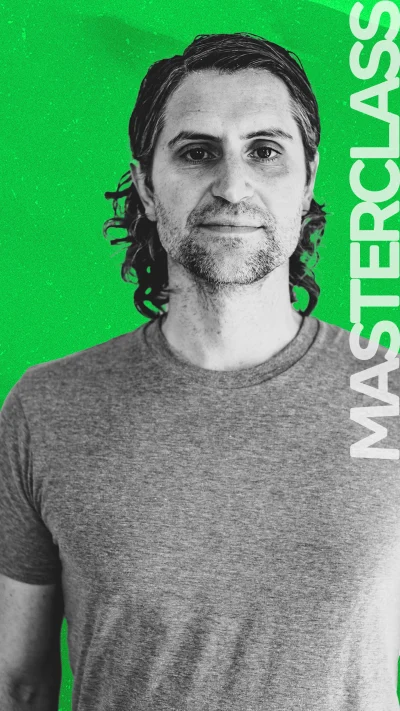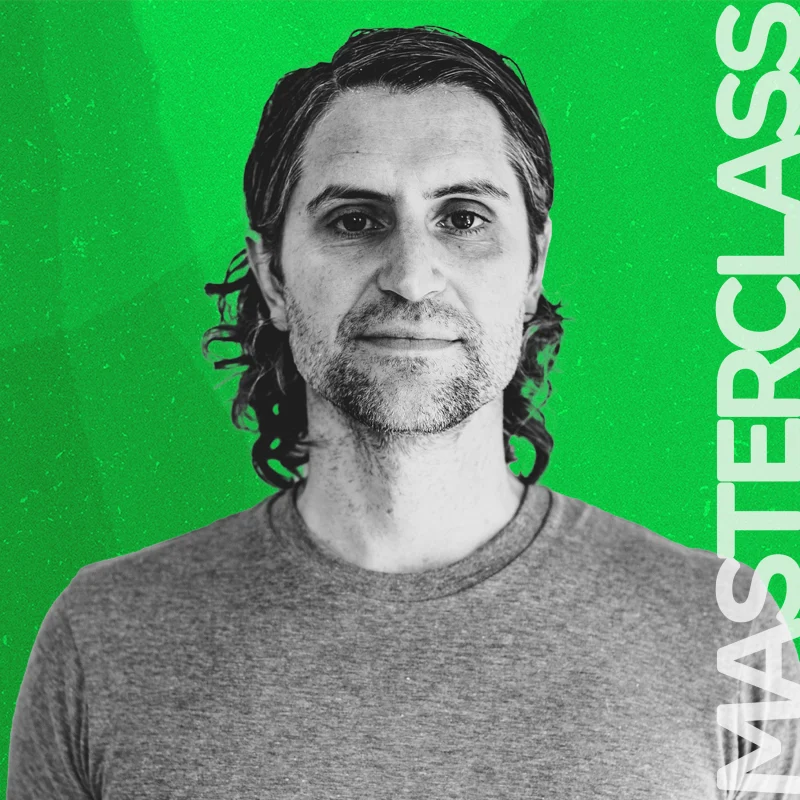This website uses cookies, belonging to us or third parties, to improve your experience, optimize performance and our services, understand your usage through analytics, and personalize advertising tailored to your interests on our site and third party sites. By continuing to use our site, you consent to such use of cookies. Please visit our Terms of Use and Privacy Policy where you can find out more about cookies and how to manage them.



Both Buddhism and Christianity provide helpful practices and insights for spiritual development when considering one's self and nature. The concept of "no self" or “anatta” are central to Buddhism. Buddhists practice introspection and meditation to remove attachments and identities that lead to suffering in an effort to establish a profound oneness with all beings.
In contrast, Christianity's approach to the study of the self gives a strong emphasis on the requirement of redemption and the transformative power of love. The Christian path requires letting go of the ego and materialistic goals, and allowing the genuine self to emerge through a relationship with Christ. Through identifying with the divine and accepting divine love, Christians seek to uncover their actual selves and live in accordance with God's purpose.
In contrast to Christianity, which strives to redeem and transform each individual through divine love, Buddhism puts emphasis on the dissolution of the self and the realization of interconnectedness. Both schools of thought encourage people to engage in spiritual activities, self-reflection, and mindfulness in order to transcend limits and achieve a more profound feeling of unity, purpose, and inner peace. People can live more purposefully and compassionately by learning about these traditions and their inner selves.

Both Buddhism and Christianity provide helpful practices and insights for spiritual development when considering one's self and nature. The concept of "no self" or “anatta” are central to Buddhism. Buddhists practice introspection and meditation to remove attachments and identities that lead to suffering in an effort to establish a profound oneness with all beings.
In contrast, Christianity's approach to the study of the self gives a strong emphasis on the requirement of redemption and the transformative power of love. The Christian path requires letting go of the ego and materialistic goals, and allowing the genuine self to emerge through a relationship with Christ. Through identifying with the divine and accepting divine love, Christians seek to uncover their actual selves and live in accordance with God's purpose.
In contrast to Christianity, which strives to redeem and transform each individual through divine love, Buddhism puts emphasis on the dissolution of the self and the realization of interconnectedness. Both schools of thought encourage people to engage in spiritual activities, self-reflection, and mindfulness in order to transcend limits and achieve a more profound feeling of unity, purpose, and inner peace. People can live more purposefully and compassionately by learning about these traditions and their inner selves.

Thomas McConkie